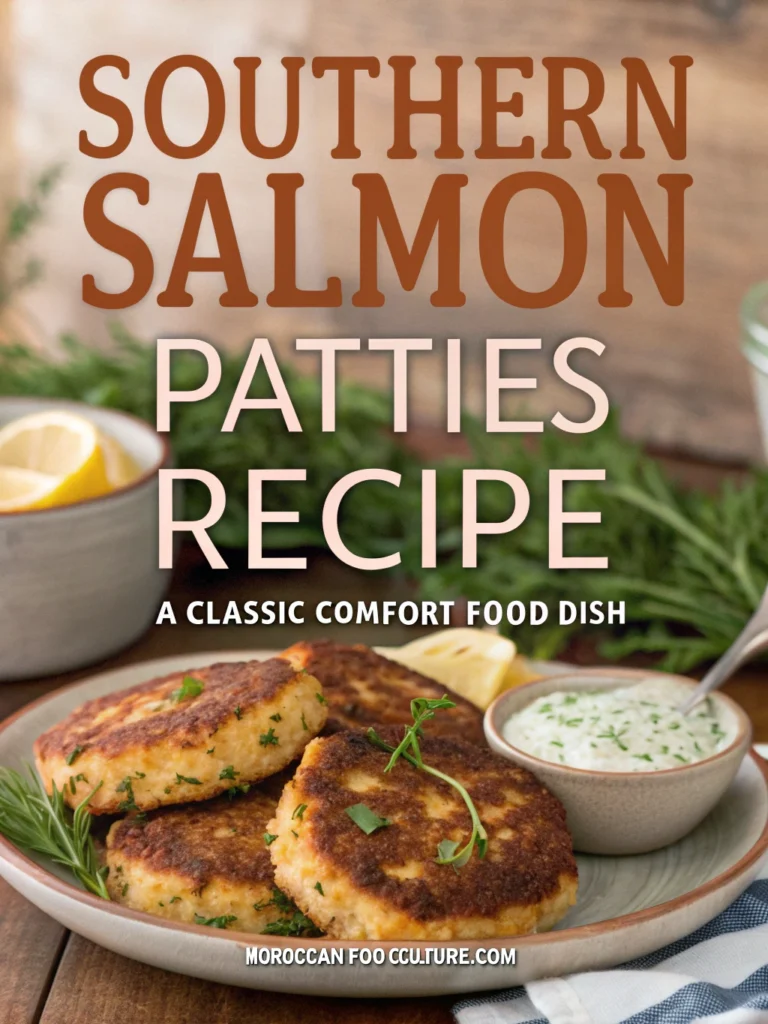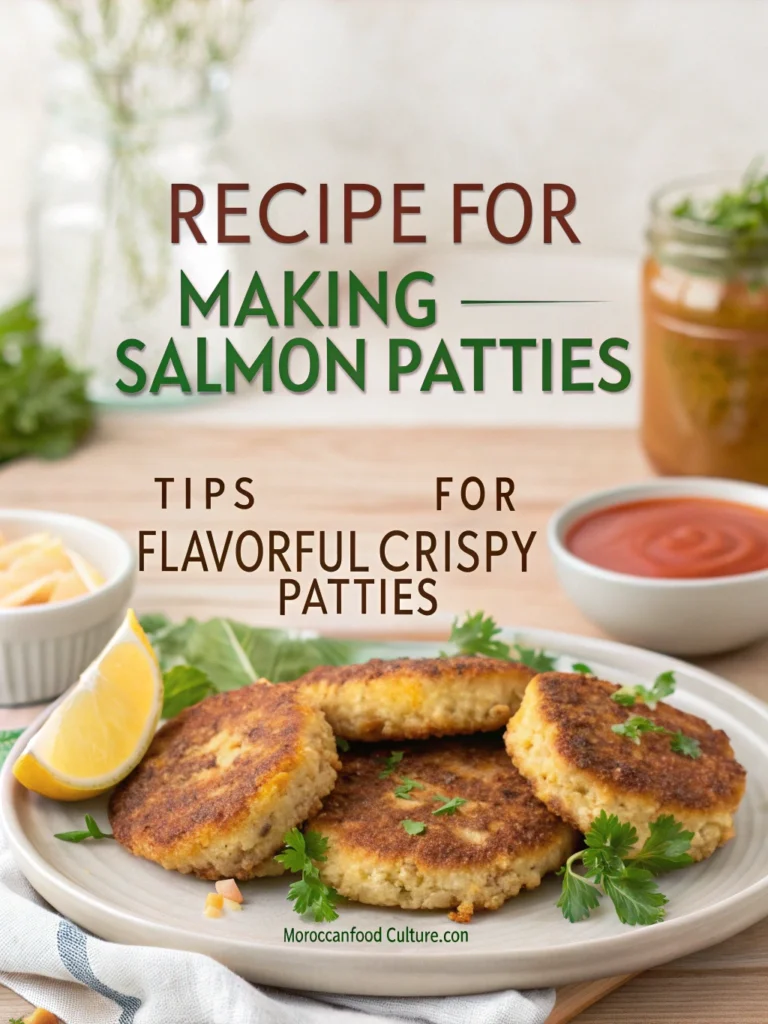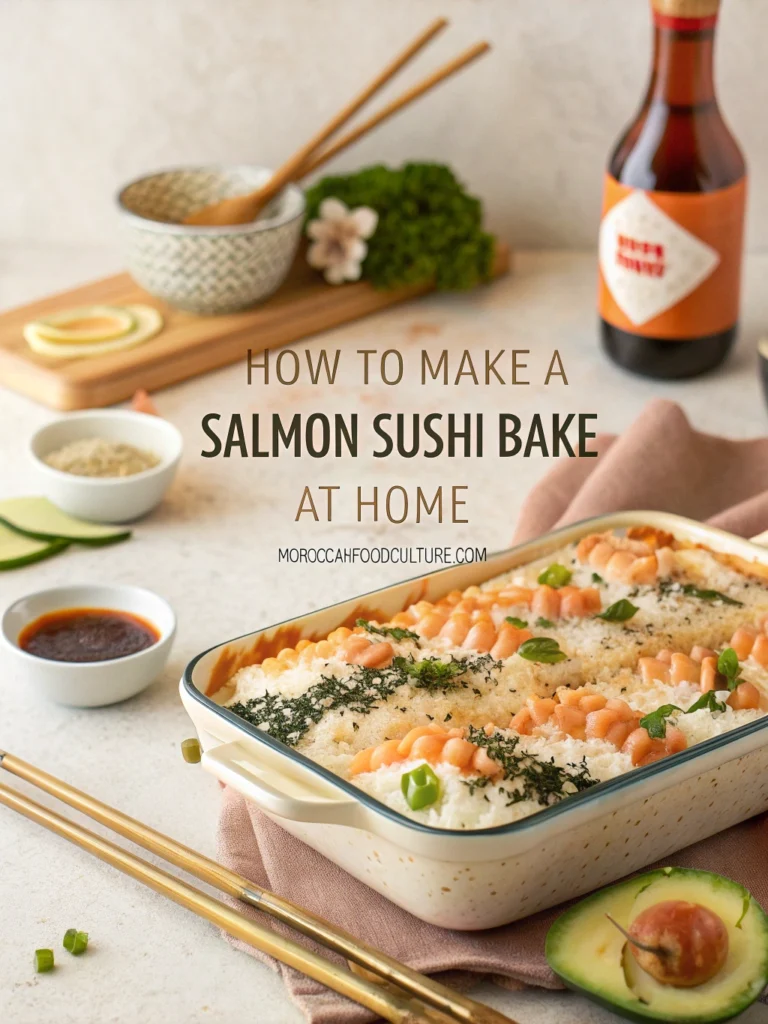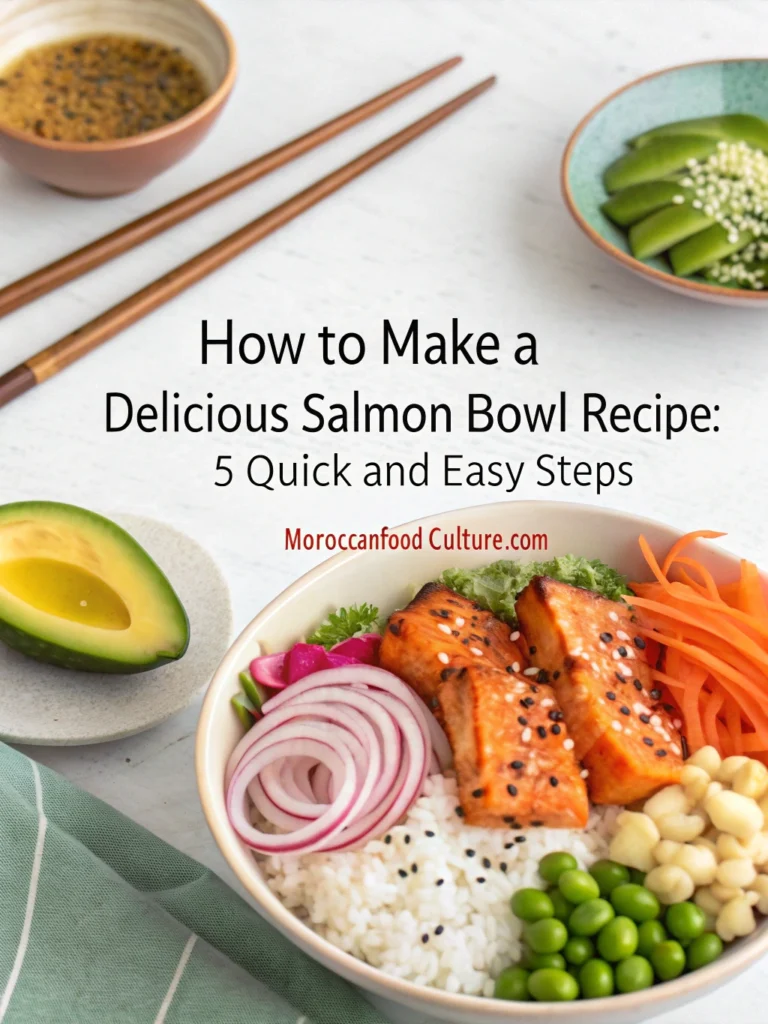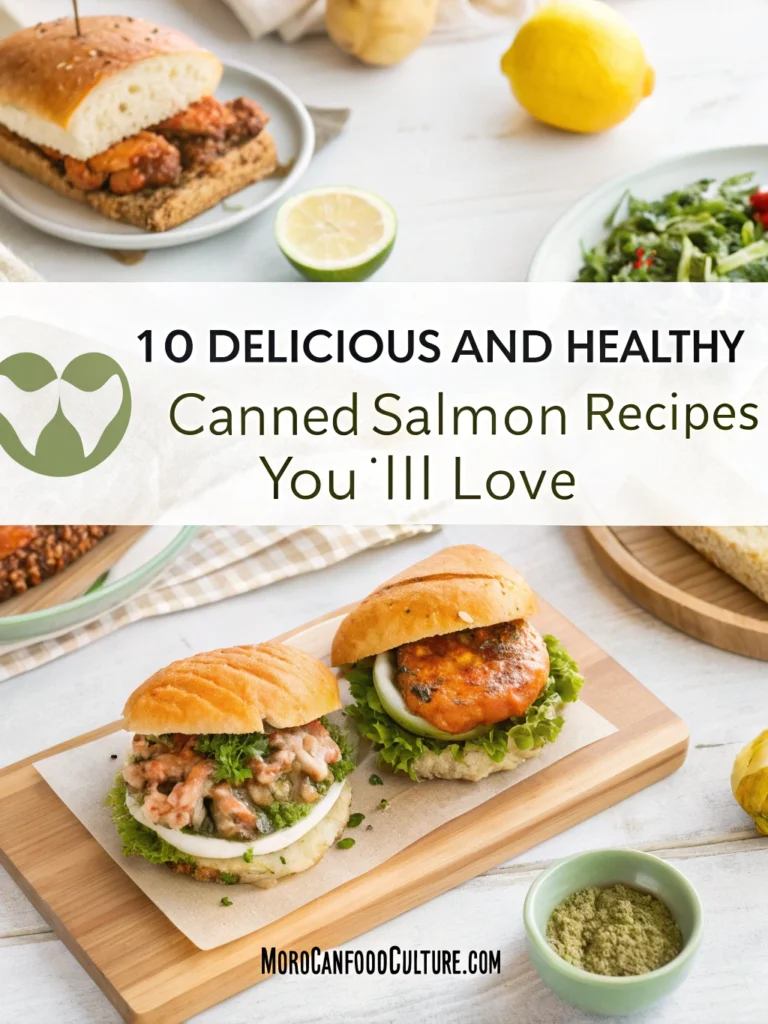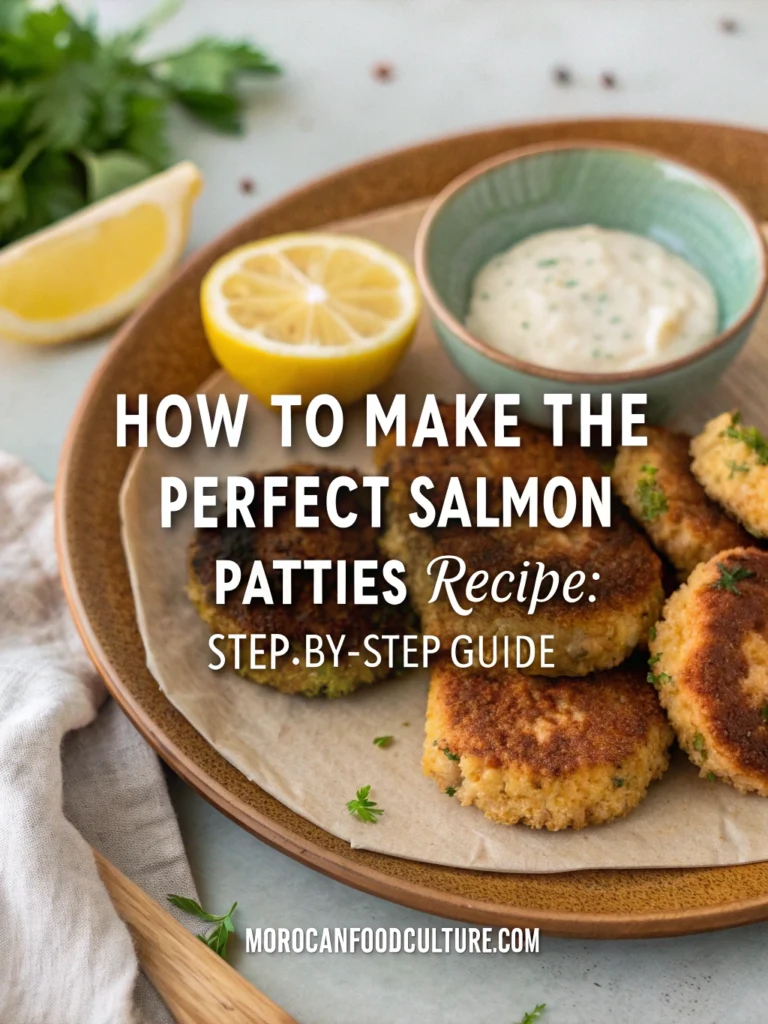The Ultimate Guide to Cooking Faroe Island Salmon: Easy and Delicious Recipes
There’s something almost magical about the moment a perfectly cooked piece of salmon flakes apart at the touch of your fork. The rich, buttery texture of Faroe Island salmon transforms an ordinary dinner into a culinary experience that lingers in memory long after the plate is clean. Perhaps you’ve spotted this premium seafood at your local fish market but hesitated, uncertain whether your cooking skills could do justice to such an exquisite ingredient. Rest assured, with the right techniques and recipes, you’ll soon be creating restaurant-worthy dishes that showcase the exceptional qualities of this remarkable fish.
Table of Contents

What Makes Faroe Island Salmon Special
Origin and Sustainability
Nestled between Iceland and Norway in the North Atlantic Ocean lies the remote Faroe Islands archipelago. These islands, surrounded by pristine, cold waters, provide the ideal environment for raising what many chefs consider the world’s finest salmon. Unlike conventional salmon farms, Faroe Island salmon thrive in deep fjords with powerful ocean currents that continuously refresh the water and contribute to the fish’s distinctive muscular development.
What truly sets this salmon apart is the commitment to sustainable aquaculture practices. The farming methods employed in the Faroe Islands prioritize:
- Raising salmon in spacious pens with lower density than typical farms
- Utilizing the natural strong currents for constant water circulation
- Implementing strict feeding protocols that eliminate antibiotics and GMOs
- Adhering to rigorous environmental monitoring standards
- Harvesting methods designed to minimize stress on the fish
These careful practices result in salmon that not only tastes superior but also represents a more environmentally responsible choice for conscientious consumers.
Nutritional Profile
Beyond its remarkable flavor and texture, Faroe Island salmon delivers impressive nutritional benefits to your table. Each serving provides a powerhouse of essential nutrients that support overall health:
| Nutrient | Amount per 4oz serving | % Daily Value |
|---|---|---|
| Protein | 23g | 46% |
| Omega-3 Fatty Acids | 2.3g | 143% |
| Vitamin D | 570 IU | 142% |
| Vitamin B12 | 2.6 mcg | 108% |
| Selenium | 31 mcg | 56% |
The exceptionally high omega-3 content deserves special attention, as these essential fatty acids play crucial roles in heart and brain health. The salmon’s clean diet and pristine environment contribute to its optimal nutritional composition, making it not just a delicious choice but a smart one for your wellbeing.
Essential Preparation Techniques for Faroe Island Salmon
How to Select the Perfect Cut
Before you begin cooking Faroe Island salmon, selecting the right piece is paramount to your culinary success. When standing at the fish counter, keep these selection criteria in mind:
- Look for flesh with a vibrant, deep orange-pink hue that appears moist and glossy
- Press the flesh gently—it should feel firm and spring back immediately
- Avoid pieces with brownish spots, discoloration, or a strong fishy aroma
- Consider which cut best suits your intended cooking method:
- Center cuts provide even thickness for consistent cooking
- Tail sections cook more quickly and work well for lighter preparations
- Whole fillets make an impressive presentation for special occasions
Don’t hesitate to ask your fishmonger about freshness and origin. A reputable seller will gladly provide details about their Faroe Island salmon sourcing.
Proper Thawing Methods
Should you purchase frozen Faroe Island salmon, proper thawing becomes essential to preserve its premium quality. Always avoid rapid temperature changes that can compromise texture and flavor:
- The ideal method: Transfer the sealed salmon to your refrigerator and allow 8-12 hours for gradual thawing (overnight works perfectly)
- For quicker results: Submerge the vacuum-sealed package in cold water, changing the water every 30 minutes until thawed (typically 1-2 hours)
- Never: Use a microwave for thawing, leave salmon at room temperature, or attempt to cook directly from frozen without adjusting techniques
Taking time to thaw properly ensures that your investment in quality seafood pays dividends in the final dish.
Delicious Faroe Island Salmon Recipes
Pan-Seared Faroe Island Salmon with Crispy Skin
Perhaps the purest way to experience the exceptional quality of Faroe Island salmon is through a classic pan-sear that celebrates the fish’s natural flavors while creating contrasting textures between the crispy skin and tender flesh.
Ingredients
- 2 (6 oz) Faroe Island salmon fillets, skin-on
- 2 tablespoons extra virgin olive oil
- 2 tablespoons unsalted butter
- 3 cloves garlic, minced
- 1 lemon, half juiced and half sliced for garnish
- Fresh herbs (dill, thyme, or parsley)
- Sea salt and freshly ground black pepper
Cooking Method
- Remove the salmon from refrigeration 15 minutes before cooking to take the chill off
- Pat the fillets thoroughly dry using paper towels—this crucial step ensures crispy skin
- Season generously with sea salt and freshly ground pepper on both sides
- Heat olive oil in a heavy-bottomed skillet (preferably cast iron) over medium-high heat until shimmering
- Place salmon skin-side down and press gently with a spatula to ensure full contact with the pan
- Cook undisturbed for 4-5 minutes until the skin becomes golden and crispy
- Reduce heat to medium, carefully flip the salmon, and add butter, garlic, and your chosen herbs
- Tilt the pan slightly and use a spoon to baste the salmon with the aromatic butter mixture for 2-3 minutes
- Check for doneness—the flesh should be opaque but still moist, registering 125°F on an instant-read thermometer for medium-rare
- Remove from heat, drizzle with fresh lemon juice, and rest for a minute before serving
Chef’s Tips
- The initial searing temperature must be quite hot to achieve properly crispy skin
- Resist the urge to move the salmon during the first phase of cooking
- Watch for visual cues—the salmon will cook from the bottom up, and you’ll see the color change progress up the sides of the fillet
This preparation allows the natural buttery flavor of Faroe Island salmon to shine while providing textural contrast between the crisp exterior and luxuriously tender interior.
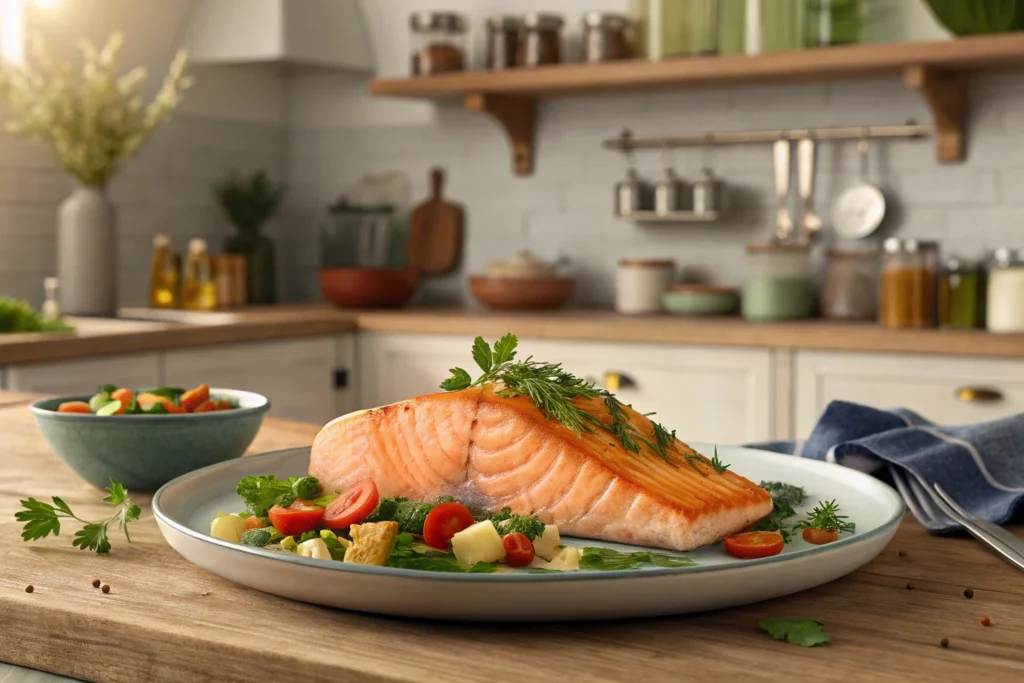
Oven-Baked Honey Glazed Faroe Island Salmon
When entertaining guests or preparing a special family dinner, this elegant honey-glazed preparation delivers impressive flavor with minimal hands-on effort. The sweet-savory glaze complements the rich flavor of Faroe Island salmon perfectly.
Ingredients
- 1 lb Faroe Island salmon fillet, preferably a center cut
- 3 tablespoons raw honey
- 2 tablespoons low-sodium soy sauce or tamari
- 1 tablespoon whole grain Dijon mustard
- 2 cloves garlic, finely minced
- 1 teaspoon freshly grated ginger
- Thinly sliced green onions and toasted sesame seeds for garnish
Cooking Method
- Preheat your oven to 375°F (190°C) and line a baking sheet with parchment paper
- Place the salmon skin-side down on the prepared baking sheet
- In a small bowl, whisk together honey, soy sauce, mustard, garlic, and ginger until well combined
- Reserve one-third of the glaze in a separate dish for serving
- Brush the salmon generously with the remaining glaze, ensuring even coverage
- Bake for 15-18 minutes, brushing with additional glaze at the halfway point
- The salmon is done when it flakes easily with a fork but remains moist in the center
- Remove from oven and let rest for 3-5 minutes
- Drizzle with the reserved glaze and garnish with sliced green onions and sesame seeds before serving
Serving Suggestions
This versatile dish pairs beautifully with numerous sides:
- Steamed jasmine rice and quick-sautéed baby bok choy
- Coconut-infused quinoa with roasted broccoli
- Soba noodles tossed with sesame oil and fresh vegetables
The leftovers (if there are any) transform wonderfully into next-day salmon rice bowls topped with avocado and quick-pickled vegetables.
Grilled Faroe Island Salmon with Herb Butter
When warm weather beckons you outdoors, bring your Faroe Island salmon to the grill for a preparation that infuses subtle smokiness while keeping the fish moist and tender. The compound herb butter melts gloriously over the hot fish, creating an instant sauce that elevates the natural flavors.
Ingredients
- 4 (6 oz) Faroe Island salmon fillets
- 2 tablespoons extra virgin olive oil
- Sea salt and freshly cracked black pepper
- 1 lemon, cut into wedges for serving
For herb butter:
- 1/2 cup (1 stick) unsalted butter, softened at room temperature
- 2 tablespoons finely chopped mixed fresh herbs (dill, parsley, chives)
- 1 clove garlic, very finely minced
- 1 teaspoon fresh lemon zest
- Pinch of flaky sea salt
Cooking Method
- Prepare your herb butter at least 30 minutes before grilling by thoroughly mixing all ingredients in a small bowl
- Shape the butter into a log on wax paper, roll it up, and refrigerate until firm enough to slice
- Preheat your grill to medium-high heat (approximately 400°F)
- Ensure grates are scrupulously clean and well-oiled to prevent sticking
- Pat salmon fillets dry and brush both sides with olive oil
- Season generously with salt and pepper
- Place salmon skin-side down on the grill and cook for 4-5 minutes with the lid closed
- Carefully flip once using a wide spatula and continue grilling for 3-4 minutes
- Remove salmon when the internal temperature reaches 125°F for medium-rare
- Immediately top each fillet with a slice of the chilled herb butter and allow it to melt before serving
- Serve with lemon wedges for a bright finish
The combination of smoky char, rich salmon, and melting herb butter creates a symphony of flavors that showcases why Faroe Island salmon deserves its premium reputation.
Simple Faroe Island Salmon Side Dishes
Quick Pairings
The exceptional quality of Faroe Island salmon deserves accompaniments that complement rather than compete with its delicate flavor profile. Consider these quick sides that balance and enhance your main attraction:
- Lemon-garlic roasted asparagus: Toss trimmed asparagus with olive oil, sliced garlic, lemon zest, salt and pepper before roasting at 425°F for 12-15 minutes
- Quinoa pilaf with herbs and toasted almonds: Toast quinoa before cooking, then fold in fresh herbs and toasted sliced almonds just before serving
- Roasted sweet potatoes with maple glaze: Cube sweet potatoes, toss with olive oil, salt, and pepper, roast until tender, then drizzle with a mixture of maple syrup and butter
- Cucumber dill salad with yogurt dressing: Combine thinly sliced cucumbers with Greek yogurt, fresh dill, lemon juice, salt and pepper for a cooling contrast
Complementary Flavor Profiles
Understanding which flavors naturally enhance Faroe Island salmon helps you create balanced, harmonious meals:
| Ingredient | Why It Works with Faroe Island Salmon |
|---|---|
| Citrus | The bright acidity cuts through the richness while enhancing the salmon’s natural flavors |
| Herbs (dill, fennel, tarragon) | These delicate herbs complement without overwhelming the salmon’s subtle taste |
| Butter/Cream | These dairy elements enhance the salmon’s inherent buttery quality |
| Dijon mustard | The tangy complexity balances the omega-rich fatty content |
| Garlic | Provides aromatic depth that grounds the other flavors |
Consider these complementary profiles when improvising your own Faroe Island salmon creations.
Health Benefits of Cooking with Faroe Island Salmon
Choosing Faroe Island salmon means treating your body to exceptional nutrition with every bite. Research continues to confirm the numerous health advantages of including this premium protein in your regular meal rotation:
- Complete protein source containing all essential amino acids necessary for muscle maintenance and tissue repair
- One of nature’s richest sources of omega-3 fatty acids (EPA and DHA), linked to improved cardiovascular health, reduced inflammation, and enhanced brain function
- Contains astaxanthin, a potent antioxidant that gives the flesh its distinctive color and provides cellular protection against oxidative damage
- Exceptional source of vitamin D, often lacking in modern diets yet crucial for immune function, bone health, and mood regulation
- Provides selenium, a mineral that supports thyroid function and helps protect against certain forms of cancer
The particularly clean environment of the Faroe Islands means this salmon typically contains lower levels of environmental contaminants than many alternatives, making it a particularly wise choice for pregnant women, children, and those with heightened health concerns.
Cooking Faroe Island Salmon for Special Dietary Needs
Keto-Friendly Preparations
The naturally high fat content of Faroe Island salmon makes it an ideal centerpiece for ketogenic diets. To maintain low carbohydrate counts while maximizing flavor:
- Focus on high-fat cooking methods like pan-searing in butter or grilling with olive oil
- Create sauces using heavy cream, full-fat Greek yogurt, or avocado bases rather than sweetened glazes
- Pair with low-carb vegetables such as asparagus, broccoli, cauliflower, or spinach
- Season generously with herbs, spices, and citrus zest instead of relying on sweet marinades
- Consider serving atop zucchini noodles or cauliflower rice for a complete meal
Dairy-Free Options
For those avoiding dairy, Faroe Island salmon still offers tremendous culinary possibilities:
- Substitute coconut oil or avocado oil for butter in pan-searing recipes
- Create rich sauces using coconut milk or cashew cream in place of dairy ingredients
- Rely on olive oil-based herb dressings instead of butter-based sauces
- Explore flavor profiles featuring ginger, lemongrass, and citrus that complement the salmon beautifully without dairy
- Try a Mediterranean approach with olive oil, tomatoes, capers, and olives
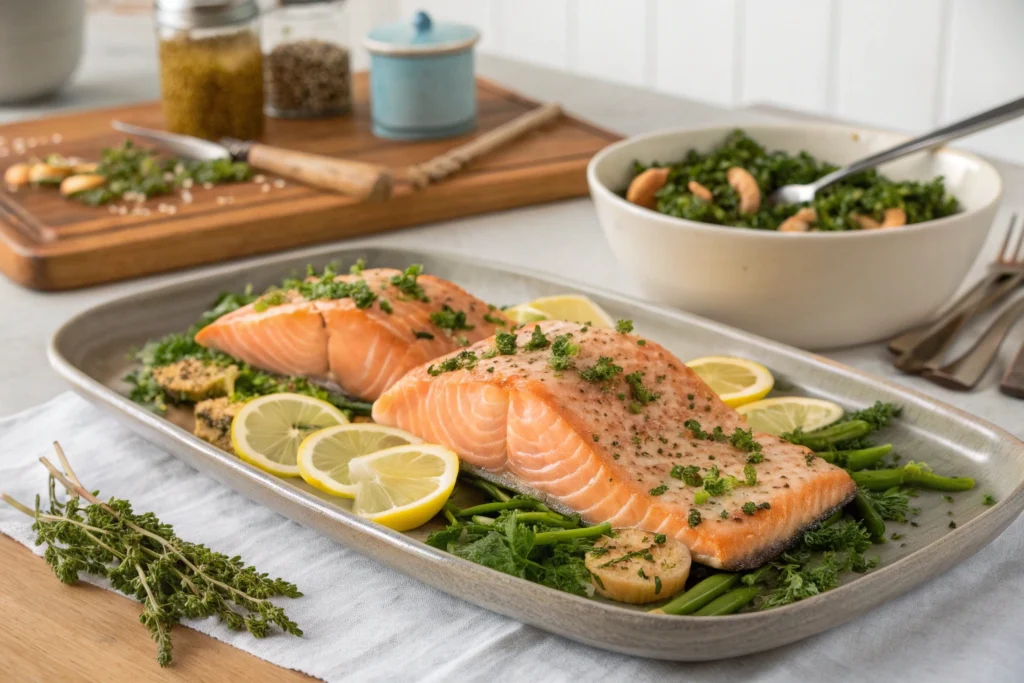
Conclusion
Cooking Faroe Island salmon represents both a culinary adventure and an opportunity to experience one of nature’s most exquisite offerings. The exceptional care taken in raising these fish translates directly to your dining experience—from the striking visual appeal to the distinctively rich yet delicate flavor profile that sets this salmon apart from ordinary options.
Whether you’ve selected the elegant simplicity of a perfect pan-sear, the sweet complexity of a honey glaze, or the smoky nuances of a grilled preparation, you’ve made a choice that honors both your health and your palate. The techniques and recipes shared here provide a foundation, but don’t hesitate to experiment and develop your own signature methods for showcasing this remarkable ingredient.
Remember that cooking premium ingredients like Faroe Island salmon isn’t merely about following recipes—it’s about developing a relationship with exceptional food and allowing its natural qualities to shine through thoughtful preparation. Your culinary skills will evolve with each experience, and soon you’ll find yourself confidently creating dishes that rival those of professional chefs.
Why not elevate your next special occasion—or simply transform an ordinary weeknight—by bringing Faroe Island salmon to your table? Your guests (and your taste buds) will certainly thank you.
FAQ: Cooking Faroe Island Salmon
How can I tell when my Faroe Island salmon is perfectly cooked?
Perfectly cooked Faroe Island salmon should reach an internal temperature of 125°F (52°C) for medium-rare or 140°F (60°C) for well-done. The flesh should appear opaque but remain visibly moist, and it should flake easily when gentle pressure is applied with a fork. For the most accurate results, insert an instant-read thermometer into the thickest part of the fillet. Remember that carryover cooking will continue to raise the temperature slightly even after removing the salmon from heat, so consider taking it off the heat just before reaching your target temperature.
Is it necessary to remove the skin before cooking Faroe Island salmon?
Removing the skin from Faroe Island salmon before cooking is entirely unnecessary and actually counterproductive in most preparations. The skin serves as a natural protective barrier that helps prevent the delicate flesh from drying out during cooking. When properly seared or grilled, the skin transforms into a crispy, flavorful contrast to the tender flesh—many consider it the best part! If you prefer not to eat the skin, it’s much easier to remove after cooking than before.
Can I cook Faroe Island salmon from frozen?
While thawing Faroe Island salmon before cooking yields optimal results, you can cook it directly from frozen when time constraints demand it. To do so, increase your cooking time by approximately 50% and opt for gentler methods like baking (wrapped in foil with aromatics) or poaching rather than high-heat techniques such as pan-searing. For best texture and flavor development, however, plan ahead whenever possible and thaw your salmon properly in the refrigerator overnight.
What makes Faroe Island salmon different from regular salmon when cooking?
When cooking Faroe Island salmon, you’ll notice several distinguishing characteristics that influence your culinary approach. The higher fat content creates a more forgiving cooking experience, as the fish remains moist even when slightly overcooked—though precision still yields superior results. The flesh maintains its integrity better during cooking, with less albumin (the white protein) seeping out compared to conventional salmon. The flavor profile tends to be richer yet more delicate simultaneously, allowing for simpler preparations that highlight rather than mask the natural taste of this premium fish.
How should I store leftover cooked Faroe Island salmon?
To preserve the quality of leftover cooked Faroe Island salmon, allow it to cool to room temperature (but not longer than 2 hours), then transfer to an airtight container and refrigerate promptly. Properly stored leftovers will maintain quality for up to 3 days. When reheating, use gentle methods such as low-temperature oven warming (covered with foil) or brief microwave intervals at reduced power to prevent drying out the flesh. Alternatively, leftover Faroe Island salmon shines in cold applications such as salads, grain bowls, or elegant sandwiches where no reheating is necessary.
Have you given our recipe a try?
There are no reviews yet. Be the first one to write one.

